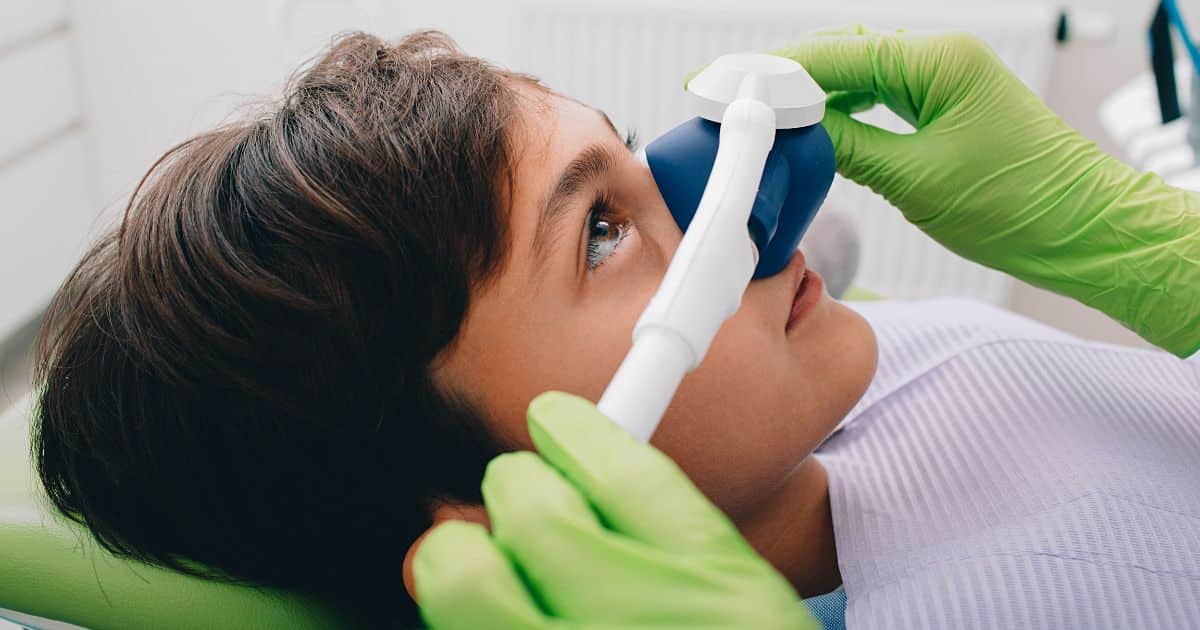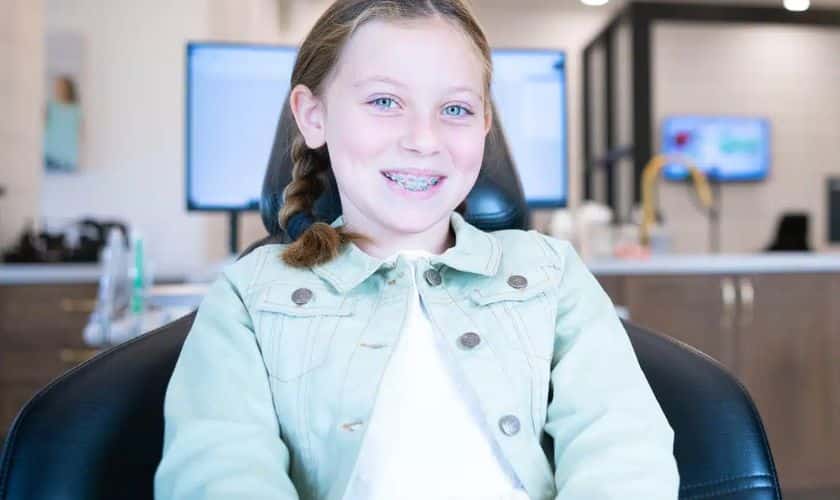Book now

How Does Sedation Dentistry Help Children Overcome Dental Anxiety?

How Does Sedation Dentistry Help Children Overcome Dental Anxiety?
Imagine your child dreading their next dental visit. According to recent studies, nearly 20% of children experience dental anxiety. This fear can prevent kids from getting essential dental care. Parents often worry when their child refuses to go to the dentist.
Sedation dentistry offers a solution by easing anxiety and ensuring children receive the necessary treatment. This approach uses medication to help children relax during their visits. Parents can make informed decisions for their child’s oral health by understanding sedation dentistry.
Understanding Dental Anxiety in Children
Dental anxiety is a common issue among children. It refers to the fear and stress they feel about dental visits. Studies show that up to 40% of children may have dental anxiety. Several factors contribute to this fear.
First, children often fear pain or discomfort from dental procedures. The unfamiliar environment of a dental office can also be intimidating. Bright lights, strange sounds, and unfamiliar faces may heighten their anxiety. Additionally, previous negative experiences at the dentist can lead to a lasting fear.
Signs of dental anxiety can vary from child to child. Some may cry or scream when they enter the office. Others might show signs of withdrawal or cling to their parents. Children may also express their fear verbally, saying they don’t want to go. Recognizing these signs is essential for parents. Understanding the root of their child’s anxiety can help them find effective solutions.
What is Sedation Dentistry?
Sedation dentistry is a specialized approach to help patients feel calm during dental procedures. It uses various medications to relax children and reduce anxiety. The goal is to provide a stress-free experience while ensuring the dentist can perform the necessary treatments.
There are several types of sedation used in dentistry:
- Nitrous Oxide (Laughing Gas): This mild sedative helps children relax while remaining awake and aware. It works quickly and wears off soon after the procedure.
- Oral Sedation: This involves administering medication in pill form. It takes longer to take effect but provides a deeper level of relaxation.
- IV Sedation: This method delivers sedative medications directly into the bloodstream. It offers a strong level of sedation and is typically used for more complex procedures.
- General Anesthesia: This is the strongest form of sedation. It renders the child completely unconscious and is used for extensive dental work.
These sedation methods work by calming the central nervous system. They help reduce anxiety and pain perception. Children become more relaxed, allowing for a smoother dental experience.
Benefits of Sedation Dentistry for Children
Sedation dentistry provides several advantages for anxious children.
Reduces Anxiety: The primary benefit is that sedation helps children feel calm and relaxed. Instead of dreading the visit, they may feel sleepy and comfortable.
Facilitates Treatment: Sedation allows dentists to perform complex procedures without distress. Kids who might struggle to stay still can undergo treatments safely and effectively, leading to better outcomes and faster completion of necessary work.
Positive Experience: Using sedation can transform dental visits into positive experiences. When children associate dental care with comfort, they are less likely to develop anxiety in the future.
Improved Cooperation: Sedated children often cooperate better during treatments. This leads to more efficient procedures, as the dentist can work without interruption. Improved cooperation also allows for a quicker dental visit.
In summary, sedation dentistry can drastically change the dental experience for children. By alleviating anxiety, it encourages children to take better care of their teeth. When they feel relaxed, they are more likely to return for regular check-ups, which is essential for long-term oral health.
Parental Guidance
Preparing your child for a dental visit can make a big difference. First, explain what will happen during the visit. Use simple, positive language to describe the experience. Reassure your child that they will feel relaxed and safe. Reading a children’s book about dental visits can help demystify the process.
Communicating with the dentist is also crucial. Share your child’s fears and anxiety levels with the dental team. They can provide additional support and reassurance. Many dental offices are professionals in handling anxious children.
Follow-up care is vital to building positive associations with dental visits. Schedule regular check-ups, even if no work is needed. Consistent visits help children feel comfortable in the dental environment. Over time, they will learn that dental care is essential for their health.
Encourage your child to express their feelings about dental visits. Open communication can help them cope with anxiety more effectively. Supporting your child emotionally creates a positive dental experience.
In summary, sedation dentistry plays a significant role in helping anxious children. It reduces anxiety, facilitates treatment, and creates positive experiences. This approach allows children to develop healthy dental habits without fear.
If your child struggles with dental anxiety, consider discussing sedation options with our pediatric dentists. Taking this step can lead to a more comfortable and successful dental experience for your child.







